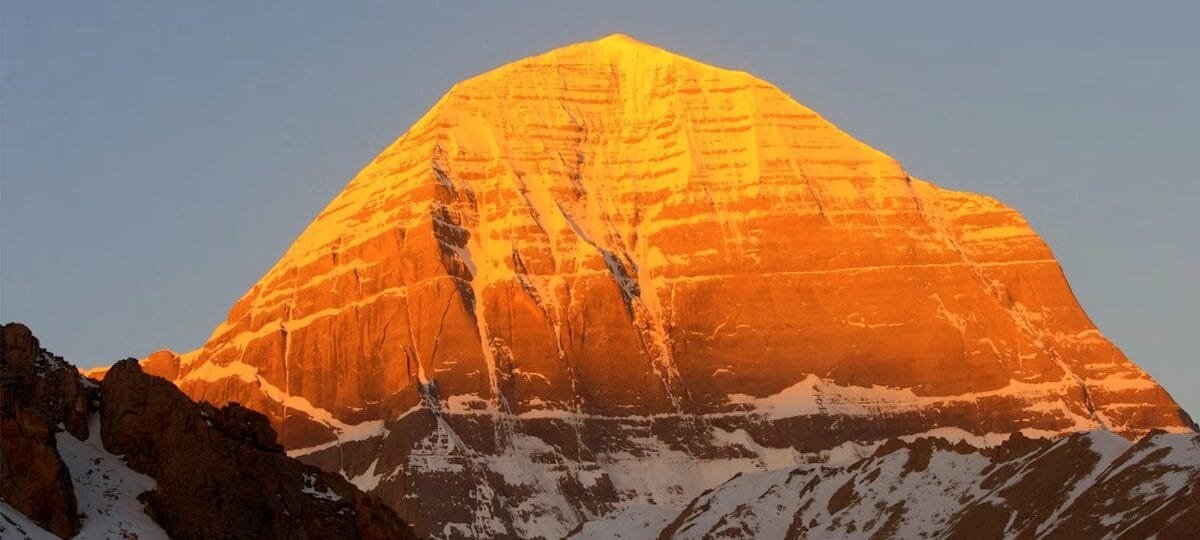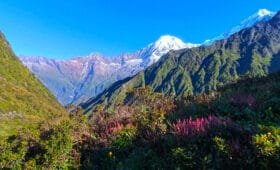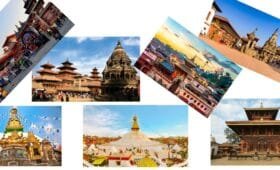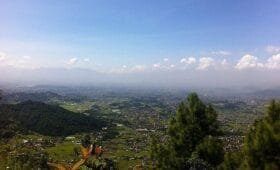Introduction
Mount Kailash, often referred to as the “Pillar of the World,” is one of the most sacred and mysterious mountains on Earth. Located in the remote southwestern corner of Tibet, this majestic peak stands at an elevation of 6,638 meters (21,778 feet). Revered by Hindus, Buddhists, Jains, and Bonpos, Mount Kailash is not just a trekking destination but a spiritual pilgrimage that attracts thousands of devotees and adventurers every year. In this comprehensive guide, we will explore everything you need to know about trekking Mount Kailash, from its spiritual significance to the practicalities of the journey.
The Spiritual Significance of Mount Kailash
Mount Kailash holds immense spiritual significance for several religions:
- Hinduism: In Hindu mythology, Mount Kailash is considered the abode of Lord Shiva, the destroyer and transformer. It is believed that Shiva resides at the summit, meditating with his consort, Parvati.
- Buddhism: For Buddhists, Mount Kailash is known as Kang Rinpoche, the “Precious Snow Mountain.” It is believed to be the home of Demchok, a representation of supreme bliss.
- Jainism: In Jain tradition, Mount Kailash is known as Ashtapada, the site where the first Jain Tirthankara, Rishabhadeva, attained liberation (moksha).
- Bon Religion: The Bonpos, followers of the ancient Bon religion, consider Mount Kailash as the seat of spiritual power and the center of the world.
The Trekking Route: A Journey of a Lifetime
The trek around Mount Kailash, known as the Kora, is a 52-kilometer (32-mile) circuit that takes pilgrims and trekkers through some of the most breathtaking landscapes on Earth. The journey typically takes three days, but it can be extended depending on your pace and acclimatization needs.
Day 1: Darchen to Dirapuk Monastery
The trek begins in the small town of Darchen, the gateway to Mount Kailash. From here, you will start your journey towards Dirapuk Monastery, which is approximately 20 kilometers (12 miles) away. The trail takes you through the picturesque Lha Chu Valley, with stunning views of the mountain and the surrounding peaks. Along the way, you will encounter prayer flags, mani stones, and other symbols of the region’s spiritual heritage.
Day 2: Dirapuk Monastery to Zutulpuk Monastery
The second day is the most challenging part of the trek, as you will cross the Dolma La Pass, which stands at an elevation of 5,636 meters (18,491 feet). This pass is the highest point of the Kora and offers panoramic views of the surrounding landscape. The descent from the pass takes you to the Zutulpuk Monastery, where you can rest and reflect on your journey.
Day 3: Zutulpuk Monastery to Darchen
The final day of the trek is relatively easier, with a 12-kilometer (7.5-mile) walk back to Darchen. The trail follows the Dzong Chu Valley, passing through lush meadows and small streams. As you approach Darchen, you will be filled with a sense of accomplishment and spiritual fulfillment.
Best Time to Trek Mount Kailash
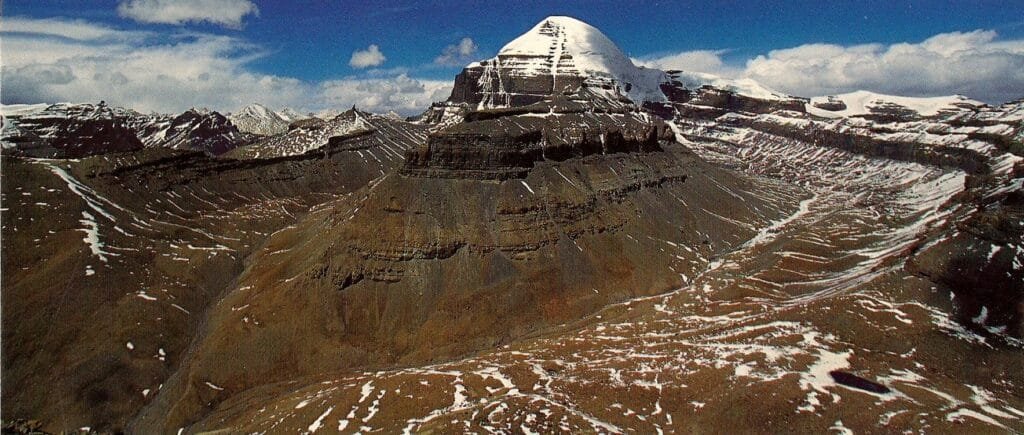
The best time to trek Mount Kailash is during the spring (April to June) and autumn (September to October) months. During these periods, the weather is relatively stable, with clear skies and moderate temperatures. The summer months (July and August) can be rainy, while the winter months (November to March) are extremely cold, with the possibility of heavy snowfall.
Preparation and Permits
Trekking Mount Kailash requires careful preparation and the necessary permits. Here are some key points to consider:
- Physical Fitness: The trek is physically demanding, especially the ascent to the Dolma La Pass. It is essential to be in good physical condition and to acclimatize properly to the high altitude.
- Permits: Foreign travelers need a Tibet Travel Permit, an Alien’s Travel Permit, and a Military Permit to visit Mount Kailash. These permits can be obtained through a registered travel agency in Tibet.
- Gear and Equipment: Proper trekking gear, including sturdy boots, warm clothing, a sleeping bag, and a first-aid kit, is essential. It is also advisable to carry a portable oxygen supply, especially if you are not accustomed to high altitudes.
- Guides and Porters: Hiring a local guide and porter is highly recommended, as they are familiar with the terrain and can assist with navigation and carrying supplies.
Health and Safety
Trekking at high altitudes poses certain health risks, including Acute Mountain Sickness (AMS). To minimize these risks, it is crucial to acclimatize properly, stay hydrated, and avoid overexertion. If you experience symptoms of AMS, such as headaches, nausea, or dizziness, it is important to descend to a lower altitude immediately.
Cultural Etiquette
Respecting the local culture and traditions is essential when trekking Mount Kailash. Here are some tips to ensure a respectful and meaningful journey:
- Circumambulation: The Kora is traditionally performed in a clockwise direction by Buddhists and Hindus, while Bonpos perform it counterclockwise. Follow the direction that aligns with your beliefs or the guidance of your guide.
- Prayer Flags and Mani Stones: Do not touch or disturb prayer flags, mani stones, or other religious artifacts. These are considered sacred and should be treated with respect.
- Photography: Always ask for permission before taking photographs of local people or religious sites. Some areas may be off-limits to photography.
Conclusion
Trekking Mount Kailash is a once-in-a-lifetime experience that combines physical challenge, spiritual fulfillment, and breathtaking natural beauty. Whether you are a devout pilgrim or an adventurous trekker, the journey around this sacred mountain will leave you with lasting memories and a profound sense of accomplishment. With proper preparation, respect for local customs, and a spirit of adventure, you can embark on this incredible journey and discover the magic of Mount Kailash.
Call to Action
Ready to embark on your Mount Kailash adventure? Contact us for more information, trekking packages, and expert guidance. Let us help you plan the journey of a lifetime to the sacred Mount Kailash. Book your trek today and take the first step towards an unforgettable experience!

